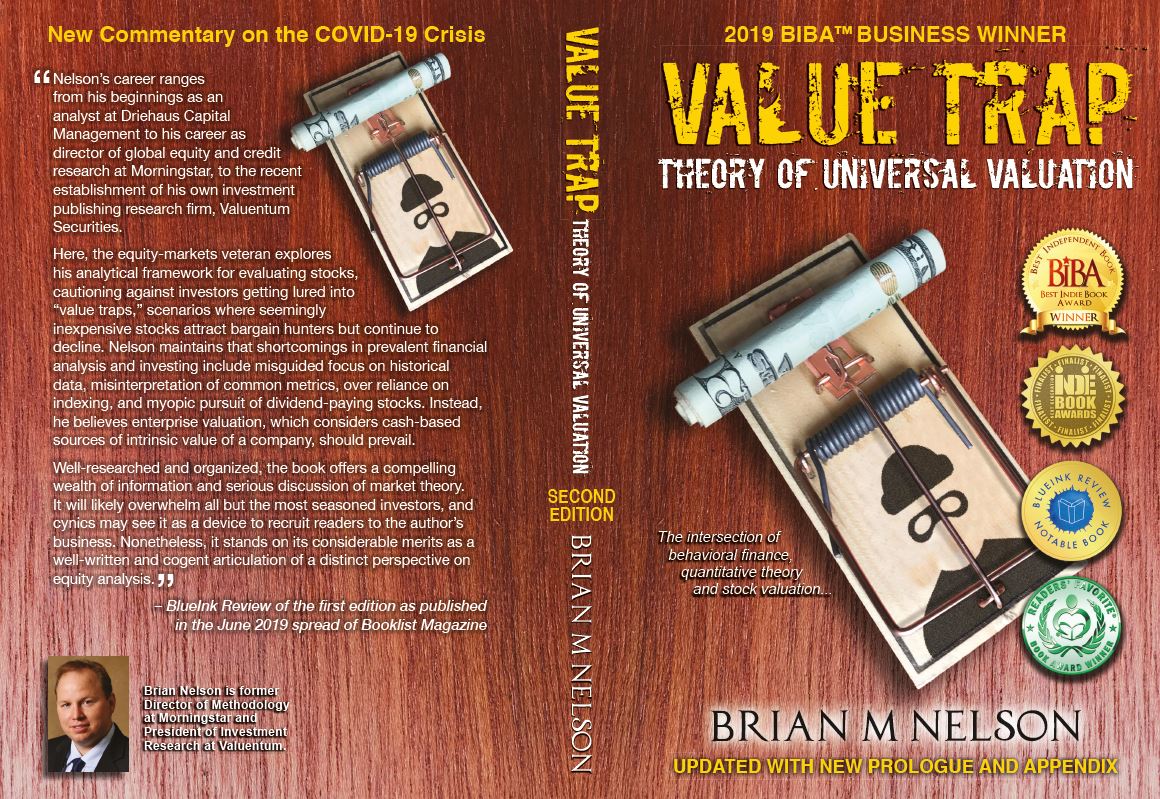3 Substantial Benefits of Dividend Growth Investing

Dear members:
There are three primary benefits of a well-executed dividend growth strategy, one that is carried out with prudence and care and one that pays careful attention to the intrinsic value of the stock and its critical cash-based components. Albert Einstein is reported to have called compound interest the "eighth wonder of the world," but dividend growth investing has the potential to offer long-term investors so much more! Let's explain.
1) Reinvested Dividends Compound Over Time
Over the past decade, I have grown to appreciate the compounding dynamics of reinvested dividends on appreciating stocks even more than historical studies have revealed. The strategy of dividend growth investing not only benefits from the reinvestment of dividends into the purchase of new stock, but it also benefits from the higher dividend payments on an ever-increasing number of shares owned by the investor. This results in a compounding dynamic that is even better than that of compound interest, which is calculated on the fixed starting principal and the accumulated interest from prior periods like that on a bond, for example.
Let's assume we have two securities. We have a bond that pays an annual interest rate of 3%, and it experiences compound interest over a period of 35 years. We also have a stock that pays a starting dividend yield of 3% and increases its dividend payment 3% per annum over the next 35 years. All proceeds from the dividends are reinvested to purchase new shares, and the stock's price advances at a modest 3% annual rate over this time period. Did you know that after 35 years, the total value of the shares due in part to dividend growth compounding was nearly 3 times greater than the bond generating compound interest and nearly 8 times greater than their starting value. If Albert Einstein loved compound interest, we wonder what he might have thought about dividend growth investing!
2) Generating a High Yield on Cost
There's more to the dividend growth strategy than just the compounding dynamics of reinvested dividends, too. Investors can achieve a very attractive income yield on cost for retirement. The income yield on cost is generally calculated as the current annual dividend rate of the stock divided by the original cost basis of the stock. For example, for the same hypothetical company in the example above--the one that started paying a dividend yield of 3% and that increased it 3% each year for 35 years--the yield on cost for the investor would have grown to over 8%! That's significantly higher than the starting 3% yield, and it may be high enough to fund a very nice retirement, especially in a world where CDs and bond yields are so paltry. What's more, the company only increased its dividend 3% per year to achieve that nice yield on cost, and there are many stocks on the market today that are poised to increase their payouts at a much faster pace in the coming decades, in our view.
3) Exposure to the Strongest Companies
In general, companies that pay dividends and seek to grow them over time are often ones that are competitively-advantaged and generate strong and growing free cash flows. This is where we think we add tremendous amounts of value in the process. Our Dividend Cushion ratio forecasts a company's future expected free cash flows and considers its balance sheet to assess whether a company has the capacity to keep paying a growing dividend long into the future.
Since our inception, we've used Microsoft Corp (MSFT) as the quintessential example of the type of long-term dividend growth stocks we like. In our inaugural Dividend Growth Newsletter, released January 2012, we assigned Microsoft a portfolio weighting of 8%, the highest among constituents. At the time, its share price was $25.96 while it paid an annualized dividend of $0.80 per share. Microsoft's shares are now trading for ~$400 each (up 15+ fold), and its annual dividend rate is now $3.00 (more than tripling), reflecting a yield on cost of nearly 11.6%. By any measure, this long-term dividend growth idea has been a home run!
Concluding Thoughts
Our team combines our extensive knowledge of enterprise valuation (i.e. the discounted cash flow process), its cash-based intrinsic value components, competitive advantages, long-term secular growth trends, technical/momentum indicators and yield/income considerations to highlight what we think will be some of the strongest dividend growth companies and most resilient business models in the years to come. We calculate forward-looking Dividend Cushion ratios for key companies in our coverage and provide a simulated newsletter portfolio in each edition of the Dividend Growth Newsletter. We hope you continue to enjoy the many features of our service!
---
-----
NOW READ: 12 Reasons to Stay Aggressive in 2024
NOW READ: 2023 Was a Fantastic Year! Are You Ready for 2024?

Brian Nelson owns shares in SPY, SCHG, QQQ, DIA, VOT, RSP, and IWM. Valuentum owns SPY, SCHG, QQQ, VOO, and DIA. Brian Nelson's household owns shares in HON, DIS, HAS, NKE, DIA, RSP, SCHG, QQQ, and VOO. Some of the other securities written about in this article may be included in Valuentum's simulated newsletter portfolios. Contact Valuentum for more information about its editorial policies.
Valuentum members have access to our 16-page stock reports, Valuentum Buying Index ratings, Dividend Cushion ratios, fair value estimates and ranges, dividend reports and more. Not a member? Subscribe today. The first 14 days are free.
1 Comments Posted Leave a comment